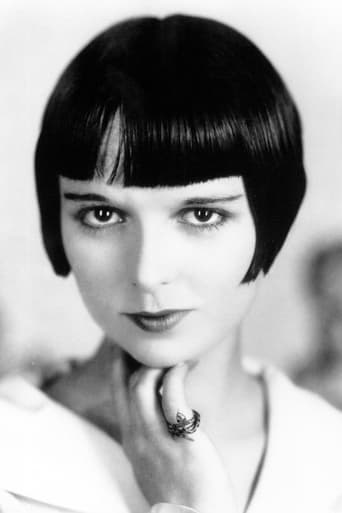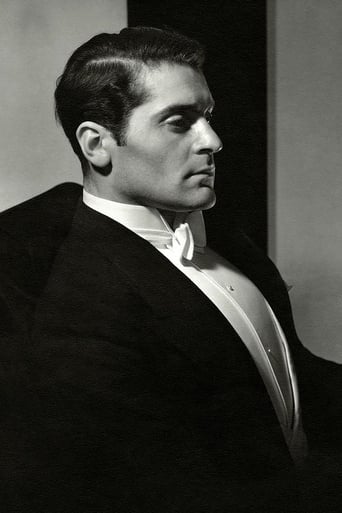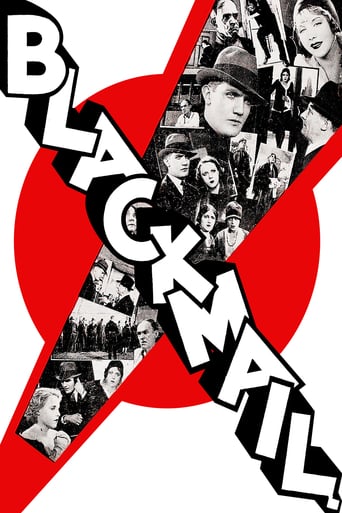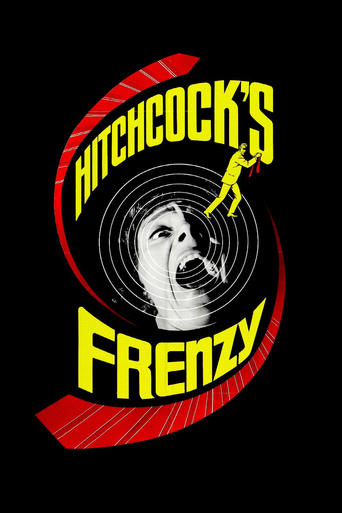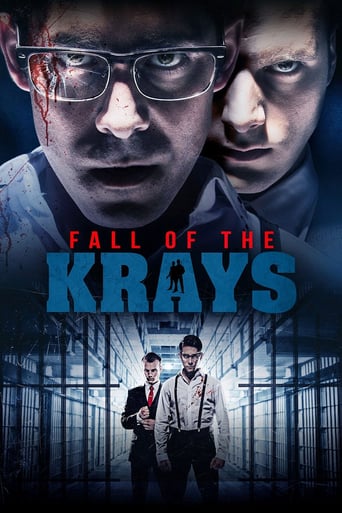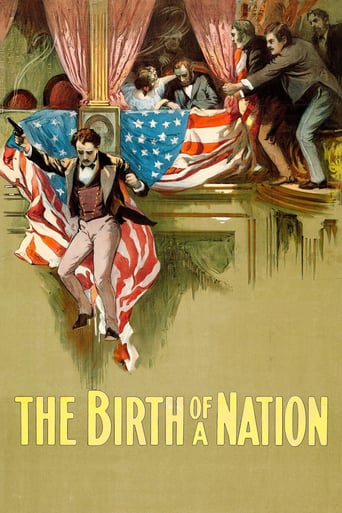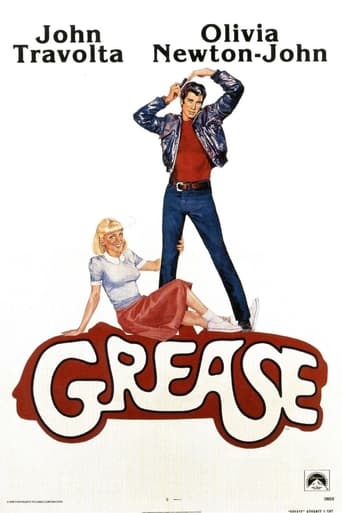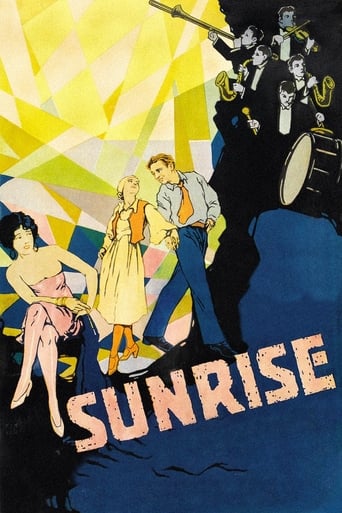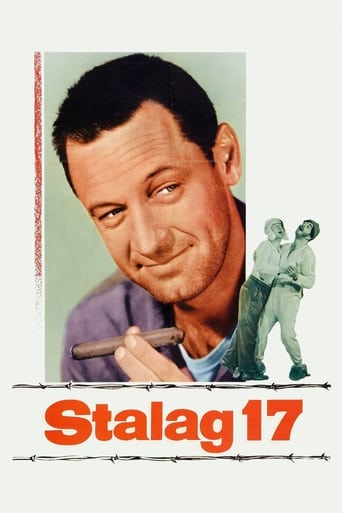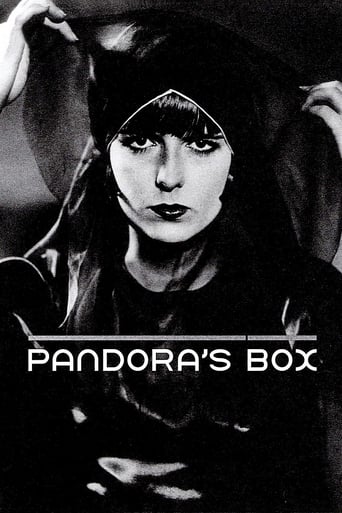
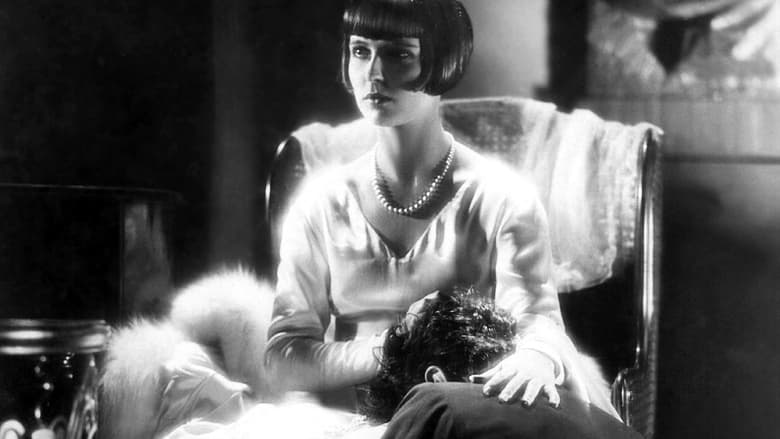
Pandora's Box (1929)
Lulu is a young woman so beautiful and alluring that few can resist her siren charms. The men drawn into her web include respectable newspaper publisher Dr. Ludwig Schön, his musical producer son Alwa, circus performer Rodrigo Quast, and seedy old Schigolch. When Lulu's charms inevitably lead to tragedy, the downward spiral encompasses them all.
Watch Trailer
Cast


Similar titles
Reviews
The rise and inevitable fall of an amoral but naive young woman (Louise Brooks) whose insouciant eroticism inspires lust and violence in those around her."Pandora's Box" had previously been adapted for the screen by Arzén von Cserépy in 1921 in Germany under the same title, with Danish actress Asta Nielsen in the role of Lulu. Director G. W. Pabst searched for months for an actress to play his Lulu. On seeing Brooks as a circus performer in the 1928 Howard Hawks' film "A Girl in Every Port", Pabst tried to get her on loan from Paramount Pictures. His offer was not even made known to Brooks by the studio until she left Paramount over a salary dispute. Pabst's second choice was Marlene Dietrich.With All Due respect to Dietrich, Brooks was the proper casting choice. She makes the role her own, and she is now probably best known for this film. Of course, there is the rumor that she helped popularize the haircut she has here. Dietrich already has "Blue Angel", so why have two iconic films? The film was re-discovered by critics in the 1950s, to great acclaim. Modern critics now praise the film as one of the classics of Weimar Germany's cinema, along with The Cabinet of Dr. Caligari, Metropolis, The Last Laugh, and The Blue Angel. Indeed, the Weimar era of German film is possibly the single greatest time and place for cinema... with this movie being no exception.
One of the last great silent films this is a German movie that is surprisingly short on cinematic expressionism and long on the glamorous, sultry, hypnotic beauty of Louise Brooks. It is her dynamic performance and fallen Goddess looks that makes her, and by attachment Pandora's Box, a wonder to behold.The thematic sexual content is handled with reverence rather than raunchiness and it is her glorious, giddy, and sincere playful naive nature that is compelling. She not only, just by proximity, seduces any man in close contact, as well as the audience with a childish charm of calming cuteness but unleashes primal desire as well as a protective desire manifested by her magnetism.The film is long and deeply depressing but it carries us through to her inevitable descent and destruction with so much pathos that it is hard to detach oneself from her destiny and want this obviously playful, not prey-full, soul to live happily ever after. But this is not a fairy-tale and she is not Snow White. This is Greek tragedy.
Pandora's Box has become something of a legendary film amongst connoisseurs and its reputation stems largely from Louise Brooks' performance as the ubiquitous Lulu. It is for this reason that the film's mythological status is justified: Brooks gives the first modern performance on celluloid, moving from the melodramatic acting style of her silent film predecessors towards something much more naturalistic.As others have noted, the film itself is a simple melodrama, based on Frank Wedekind's Lulu plays. Although he wrote these during the Fin de Siecle period, it is tempting to read Pandora's Box as reflective of the increasing moral decay of the Weimar Republic. The film starts with a light tone and grows increasingly dark as Lulu's predicament worsens. (For many audience members, who would have lost vast sums in the stock market crash and subsequent Depression, Lulu's descent into poverty must have been harrowing viewing as well.) The cinematography is beautiful and, as other reviewers have noted, the final scenes are lit in a proto-noir style.The film's pacing is good, apart from the tedious seventh act, when a lot of momentum is lost. Fortunately, the pace picks up again in the gripping final act.Lulu's destructive effect on the men around her could be read as reflective of the new role of women in Weimar society. With the loss of so many males in the war, females suddenly had unprecedented power in the social and political spheres, far removed from the "Mothers of the Nation" role they had held in traditional German society. How much of this anxiety about the roles of women existed prior to the war, when the Lulu plays were first written remains a question of interest.The ending, in which the destroyer of men is herself annihilated by that ultimate destroyer of women, Jack the Ripper, is suitably ironic and dark. Again, it is tempting to read it as prescient, given the imminent destruction of the corrupt and decadent Weimar culture at the hands of the even more morally-repugnant Nazis but perhaps it is better left as a general feeling of unease that the fledgling German nation-state (which had been established less than sixty years previously) may be in worse health than the previous independent Germanic kingdoms.Ultimately, this melodrama is worth watching for a variety of reasons, chiefly Brooks' performance and the cinematography. It does depict the increasingly dark and sordid themes that preoccupied the final years of Weimar Cinema and society but, without having seen the original plays, one wonders how much this is Pabst's input and how much was a carryover from the original pre-War texts.
Lulu is a social butterfly out for a good time, a femme who is fatale but only because the men lust after her so fiercely.Normally in film noir the femme fatale appears to us not so much a human being but an agent, a catalyst of some dangerous illusion. She is the wet dream from the private dick's perspective, desire personified. Hollywood probably took this up from Dietrich's persona in another German film, Blue Angel from the following year, the heartless diva who presents herself in a way that will satisfy her capricious whims.This is different though, and it is more stunning for this, the trick being that we see the world from the eyes of an innocent woman as she becomes shaped into a femme fatale. She is forced into the role and eventually plays it to perfection. The very fact that she is beautiful and sexy turns her into that prize that men would do anything to have. Film noir as we came to know it was about all these desperate efforts.It is still however film noir in the most incisive, essential way. Dual worlds linked by the turning of karmic wheels; from inside a cheerful, innocent woman who we know to be basically good and trying to live life, but who at the same time appears provocative, alluring, exuding sex, and therefore by her very nature, by the fact that she is the person she was born to be, seems to lull men into the kind of stupor where they can dream only her, a dream so intoxicating that in turn traps her in her image. The result is that she inhabits a different world than she weaves around her and, almost without exception, it's the jerk from one world to the other that yields the anxieties - from the private to the public, where a person is no longer himself but only the sum total of other peoples' views, and so an object of collective scrutiny or, as in our case, sexual paroxysm.So from her end life as a series of spontaneous, often inexplicable 'nows' but which we understand to be structured around her and unwittingly powered by herself. But from the other end life organized, and from their own ends again seemingly spontaneous, with the sole intent of having her. Men suddenly crave her - they don't know why, she doesn't - and will do anything, but who she also provokes without realizing, by simply being herself.This dual perspective that reverberates across the film, as much about the woman herself as both temptress and angelic swan, she can fit in both these roles as well as she actively pursues them, as about the swarm of men who surround her, at first pretending moral uprightness but finally more or less powerless before her charms, is ingeniously rendered in two scenes in particular.The first is set at the courthouse where she's at trial for murder; upon being pronounced guilty, her admirers quickly stage a commotion by setting off a fire alarm that allows them to extricate her. From the outside a chance emergency, the crowd dashing, clamoring, pushing for the exit, and from her end as well, unwitting, dumbfounded, in the middle of all this crowd being carried outside, but which we know was all orchestrated by the men who'd like to have her. Of course the fire alarm is about the fires of desire.The other is at a bar or gambling house where she has fled and is hiding for safety. A reward out on her name, various parties conspire to exploit the situation for a quick dime. Here, it is she who is spinning the most dazzling web of deceit - now improvising the role of the femme fatale on the spot, but out of pressing need. The most revealing game concocted by her: she petitions a man to gamble for her fortunes on a card table. He is winning, but of course is revealed that he was cheating all along.It ends with all these lives finally released from the grip of the karmic energies that have clasped them so tightly, the self- instructed destinies, each according to his own decree. The man who wishes he could eat Christmas pudding one more time gets to.Pabst orchestrates the finale as a dance of symbolic gestures; the most symbolic perhaps being that the woman had a heart of gold all along. We may had our doubts because she mingled with money, but now we know. The man doesn't to the end, this is the saddest destiny here. Of course at the cost of ever having her.


